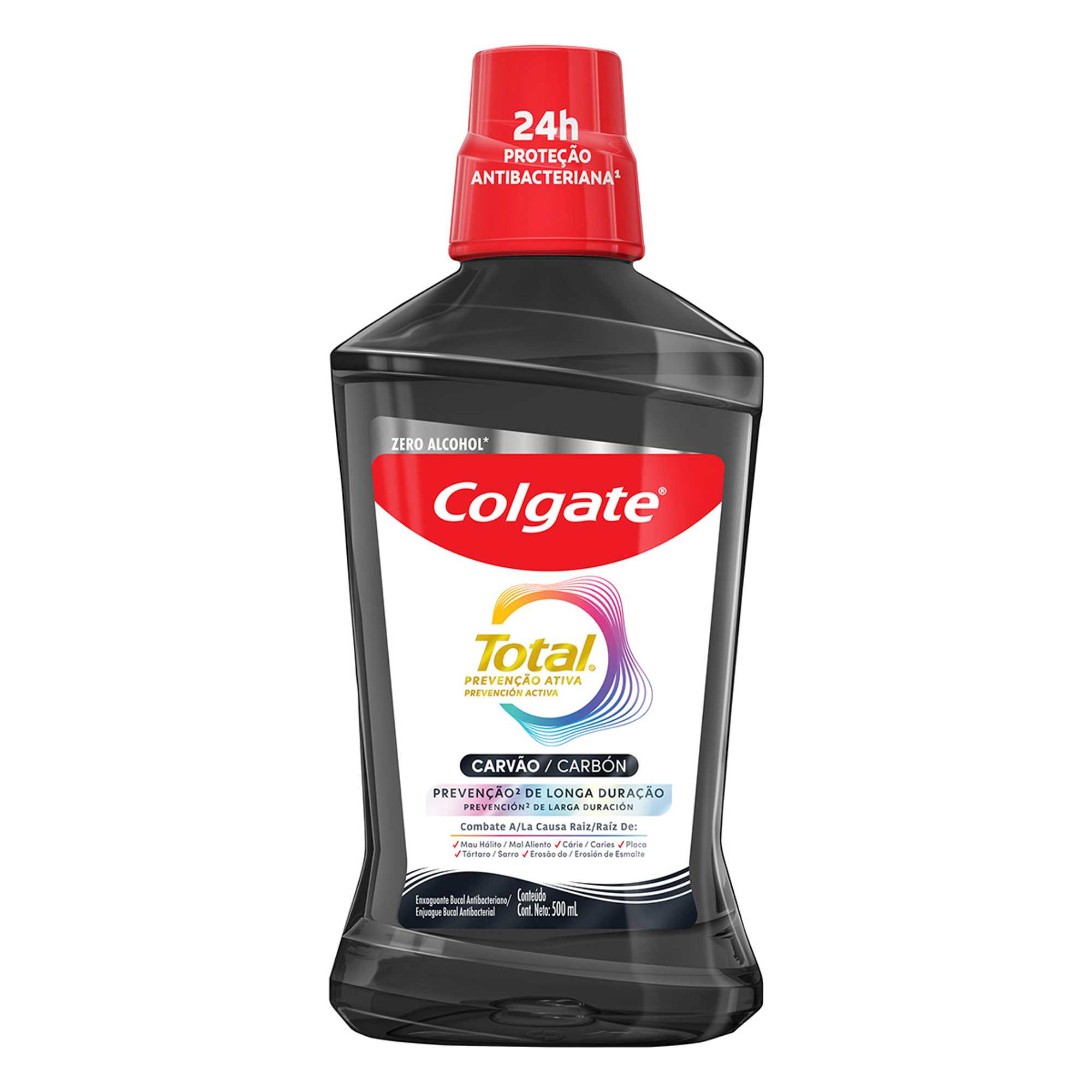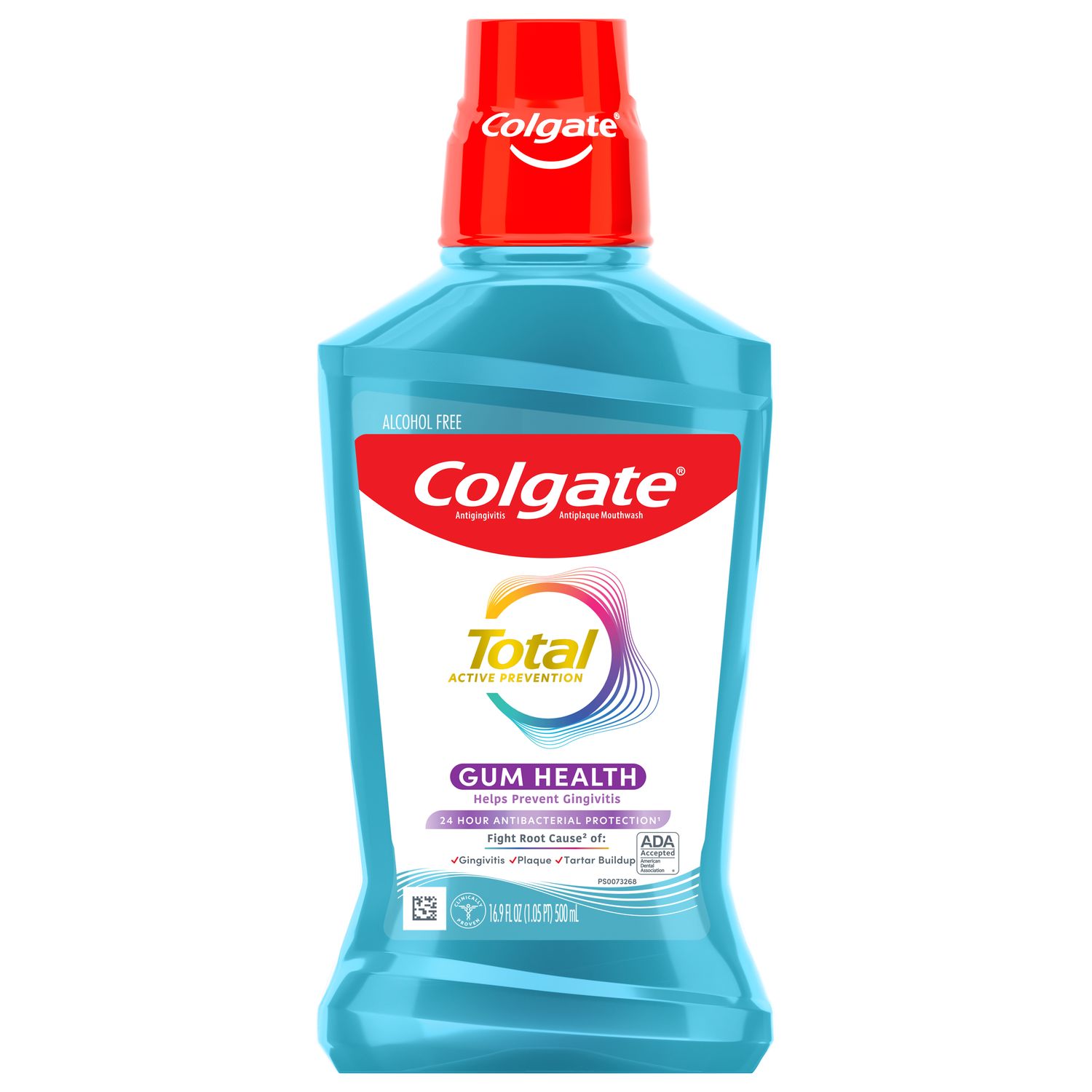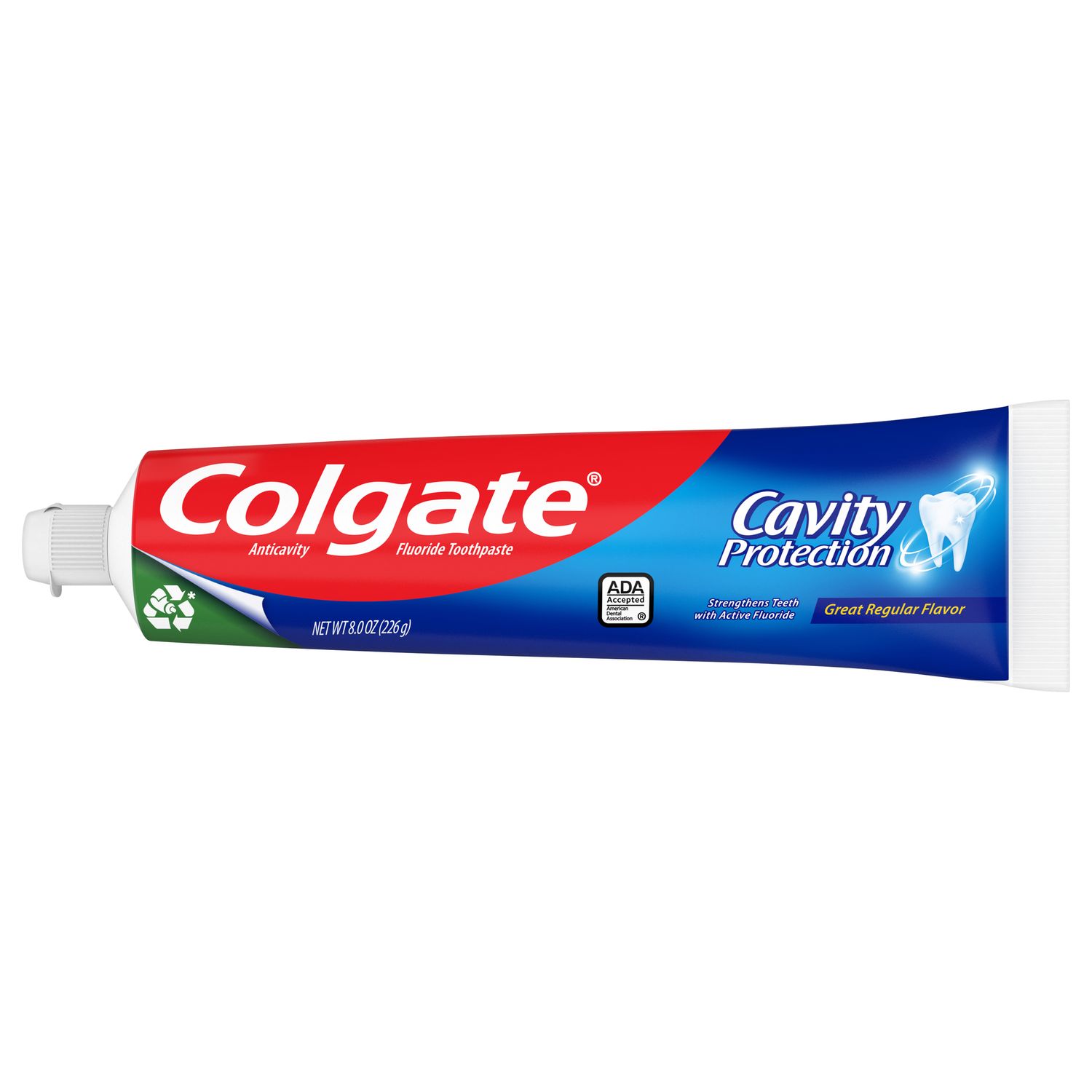What Are The Papillae of the Tongue
According to an article from InformedHealth.org, mucous membranes that have bulged up underneath the tongue’s surface are papillae. That doesn’t sound particularly pleasant, but these little bumps that give your tongue its rough surface are pretty important dots. And there are four different types of papillae, each with their own function, according to the University of Texas. Those four are:
- Filiform: The most common papillae are small, round, and the only ones that don’t contain taste buds.
- Fungiform: These papillae are found at the tip of your tongue, shaped like mushrooms, and consist of taste buds and sensory cells.
- Foliate: Located on the side edges of your tongue are these leaf-shaped papillae that also contain taste buds.
- Circumvallate: The largest papillae also contain taste buds found in the back of the tongue in a v-shape form.
What Does Your Filiform Papillae Do
The filiform papillae aren’t a part of the beloved taste bud bunch. Nope. But they serve a very significant purpose. Your filiform papillae’s function is as a coating mechanism for your tongue. They create a rough texture on the surface of the tongue that helps when you're:
- Chewing your food
- Speaking
- Cleansing your mouth
They actually act as little grips or ripples throughout your tongue, so you’re able to remove that bit of food between your teeth or get that final word out. Small — but mighty.
Are There Conditions That Affect Your Filiform Papillae
There are a few conditions that can affect your filiform papillae and, in turn, affect their ability to help you and your mouth.
- Geographic tongue: Also referred to as benign migratory glossitis, this condition takes place when some parts of your tongue are inflamed due to irregular filiform papillae loss or growth, possibly brought on by oral habits, genetics, or stress, according to the American Academy of Oral Medicine (AAOM).
- Black hairy tongue: A condition that appears when overgrown and elongated papillae trap bacteria and food particles, leading to bad breath, according to the AAOM.
How Do You Clean and Protect Your Filiform Papillae
Cleaning and protecting your filiform papillae are vital to your mouth and tongue health. Your goal is to eliminate germs that lead to bacteria causing elongated papillae, leading to conditions like bad breath or black hairy tongue. Protect your filiform papillae by:
- Avoiding tobacco and other foods that can stain elongated papillae
- Brushing your tongue after brushing your teeth
- Scraping your tongue, a more thorough cleansing
- Using a toothbrush with a cheek and tongue cleaner design
Sure, it can be hard to say ‘filiform papillae.’ But it’s easy to see, however, how important they are to your overall oral health. Talk with your dental professional today if you have concerns or questions about any of your papillae.
Oral Care Center articles are reviewed by an oral health medical professional. This information is for educational purposes only. This content is not intended to be a substitute for professional medical advice, diagnosis or treatment. Always seek the advice of your dentist, physician or other qualified healthcare provider.
ORAL HEALTH QUIZ
What's behind your smile?
Take our Oral Health assessment to get the most from your oral care routine
ORAL HEALTH QUIZ
What's behind your smile?
Take our Oral Health assessment to get the most from your oral care routine















